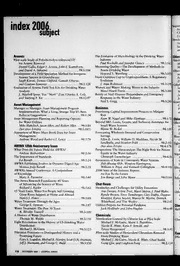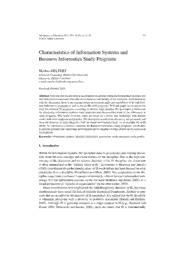
PACS: A Guide to the Digital Revolution PDF
Preview PACS: A Guide to the Digital Revolution
PACS - - A GUIDE TD THE DIGITAL REYDLUTI DN Springer Science+Business Media, LLC A GUIDE T[] THE DIGITAL REV[] LUTI [] N KE IT H J. 0R E YE R AMIT MEHTA JAMES H. THRALL EDITORS Springer Keith J. Dreyer, DO, PhD Amit Mehta, MD James H. Thrall, MD Department of Radiology Massachusetts General Hospital Boston, MA 02114, USA Library of Congress Cataloging-in-Publication Data Dreyer, Keith J. PACS : a guide to the digital revolution / Keith J. Dreyer, Amit Mehta, James H. Thrall p. cm. Includes bibliographical references and index. ISBN 978-1-4757-3653-3 ISBN 978-1-4757-3651-9 (eBook) DOI 10.1007/978-1-4757-3651-9 1. Picture archiving and communication systems in medicine. 2. Diagnostic imaging. I. Mehta, Amit. II. Thrall, James H. III. Title. R857.P52 D74 2002 616.07'54-dc21 2001032835 Printed on acid-free paper. © 2002 Springer Science+Business Media New York Originally published by Springer-Verlag New York, Inc. in 2002 Softcover reprint of the hardcover 1s t edition 2002 All rights reserved. This work may not be translated or copied in whole or in part without the written permission of the publisher Springer Science+Business Media, LLC, except for brief excerpts in connection with reviews or scholarly analysis. Use in connection with any fortn of infortnation stor age and retrieval, electronic adaptation, computer software, or by similar or dissimilar methodology now known or hereafter developed is forbidden. The use of general descriptive names, trade names, trademarks, etc., in this publication, even if the former are not especially identified, is not to be taken as a sign that such names, as understood by the Trade Marks and Merchandise Marks Act, may accordingly be used freely by anyone. While the advice and information in this book are believed to be true and accurate at the date of going to press, neither the authors nor the editors nor the publisher can accept any legal respon sibility for any errors or omissions that may be made. The publisher makes no warranty, express or implied with respect to the material contained herein. Production coordinated by Chernow Editorial Services, Inc. Book design by Steven Pisano. Manufacturing supervised by Joe Quatela. Typeset by Matrix Publishing Services, York, PA. 9 8 7 6 5 432 1 SPIN 10838544 To my parents and family who have always sup ported my efforts, my friends who have provided the humor, and my colleagues who have inspired and taught. AM To my close friends and family who have always been there through the years. KJD To my wife Jean, who manages information tech nology in our household and my children, Trevor and Keely, who have joined me in working in the digital world. JHT PREFACE R adiologists have held a vision for practicing in an all-digital environ ment for well over twenty-five years. Now, as we enter the twenty-first cen tury, radiology has progressed to the point where we have achieved the re ality of this vision, and we are well underway toward an even larger goal-the all-digital healthcare enterprise. The achievement of an all-digital radiology practice requires the ac quisition of images in digital form, and the ability to view, archive, and trans mit digital image data sets on a large scale, as well as the ability to interact with activities outside of departments of radiology by digital means. By bene ficial coincidence at the time of this publication, all radiological modalities are now either intrinsically digital (MRI, CT, PET) or have been modified to allow direct digital image capture (nuclear medicine, ultrasound, con ventional radiography, angiography, and mammography). This front-end digital acquisition capability sets the stage for the creation of the all-digital radiology department. This book begins with the capture of the digital im age and encompasses all of the events from that point to completion of the radiological process. • Preface While radiologists have been working toward the all-digital depart ment, remarkable parallel developments have occurred in enterprise infor mation systems and the networking capability that enables electronic inter change between departments of radiology and all other departments and services within a hospital or healthcare system. For twenty years, the dream in radiology focused on the ability to acquire digital images and manage them within departments of radiology. The challenge today-in the age of the Internet-has been extended to the integration of radiological activities with the rest of the care process across healthcare systems. Leading institutions now offer clinicians the capability to use electronic order entry systems on their desktops, with autorouting of radiological re quests through the hospital information system to the radiology informa tion system. This is followed by further autorouting of study data to the rel evant imaging device, then transmission of image data sets to the PACS for soft copy interpretation using voice recognition, and finally return of the image data sets and reports to the physician's desktop through connectivity from the RIS and PACS to the hospital information system and electronic medical record. When all of the elements are in place, the entire process occurs as an unbroken series of events protecting the integrity of patient data through electronic connectivity. Picture Archiving and Communications Systems (P ACS) are now part of the fundamental technological infrastructure supporting radiology prac tice in the digital age. Every radiologist and every department will be touched by the concepts embodied in PACS. Even those who do not become experts in the arcana of PACS will be well served to have a working knowledge of fundamental design elements and deployment strategies. Thus, this book is intended to provide information necessary for radiologists, computer scien tists, and administrative personnel to understand PACS from a technical perspective, and to see its substantial potential benefits in the management of the departments of radiology and the delivery of image-based healthcare servIces. We are all embarked on an exciting adventure as the practice ofradi ology is being redefined in the digital era. We wish our readers success in their undertakings with the hope that this book provides useful information of both a theoretical and practical nature to help guide them along the way. CONTENTS PREFACE vii SECTION I INTRODUCTORY CONCEPTS INTRODUCTION 3 Amit Mehta 2 FINANCIAL MODELING 9 Syrene R. Reilly and David Avrin SECTION II COMPUTING FUNDAMENTALS 29 3 COMPUTING FUNDAMENTALS 31 J. Keith Dreyer 4 NETWORKING FUNDAMENTALS 41 Scott M. Rogala 5 DICOM 73 David A. Clunie and John A. Carrino • Contents SECTION III ADVANCED IMAGING TECHNOLOGIES 121 S IMAGE ACQUISITION 123 Katherine P. Andriole 7 IMAGE WORKFLOW lSI Eliot L. Siegel and Bruce Reiner 8 WORKSTATIONS 191 Steven C. Horii 9 STORAGE AND ARCHIVES 237 Douglas Tucker and Amit Mehta 10 IMAGE COMPRESSION 257 Stephen Mann II VOICE RECOGNITION 281 Amit Mehta 12 ENTERPRISE IMAGING 303 J. Keith Dreyer 13 TELERADIOLOGY 315 James H. Thrall and Giles Boland SECTION IV FUTURE OPPORTUNITIES 349 14 LEGAL ISSUES AND FORMAL POLICIES 351 John J. Smith and Harry Zibners 15 RESEARCH AND EDUCATION 375 David Avrin IS MEDICAL UTILIZATION AND MANAGEMENT 395 Robert T. Bramson CONTRIBUTORS 415 INDEX 419 [[J INTRODUCTORY CONCEPTS
The list of books you might like

The Sweetest Oblivion (Made Book 1)

Haunting Adeline

Can’t Hurt Me: Master Your Mind and Defy the Odds

Do Epic Shit

analisis laporan keuangan
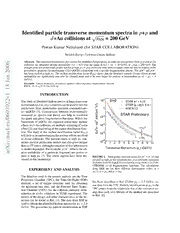
Identified particle transverse momentum spectra in p+p and d+Au collisions at sqrt{s_NN} = 200 GeV

Cahiers du GRM, 8
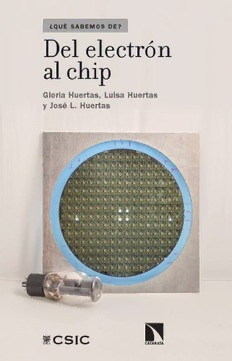
Del electrón al chip

Immaginari postdemocratici. Nuovi media, cybercultura e forme di potere

Educação UNESCO – A Clonagem das Mentes
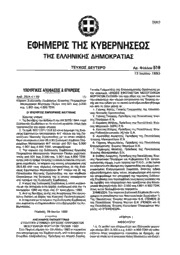
Greek Government Gazette: Part 2, 1993 no. 519

Calendrier des futures réunions et autres activités

Journal of Accounting Literature 1993: Vol 12 Table of Contents

Hallmarked and Others by John Galsworthy
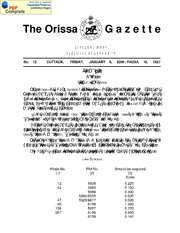
Odisha Gazette, 2005-12-27, No. 12
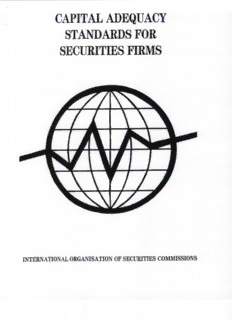
Capital Adequacy Standards for Securities Firms - International
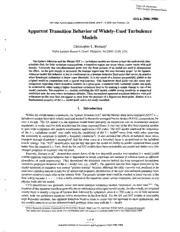
NASA Technical Reports Server (NTRS) 20060017022: Apparent Transition Behavior of Widely-Used Turbulence Models
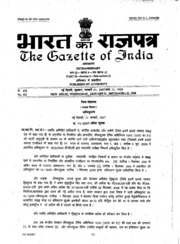
Union Government, Extraordinary, 2007-01-31, Part II-Section 3-Sub-Section(i), Ref. 56-57(E)
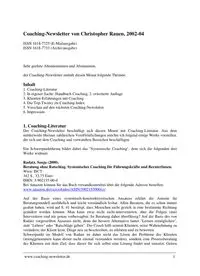
2002 04
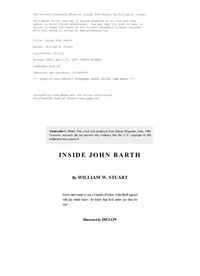
Inside John Barth by William W Stuart

